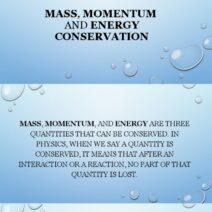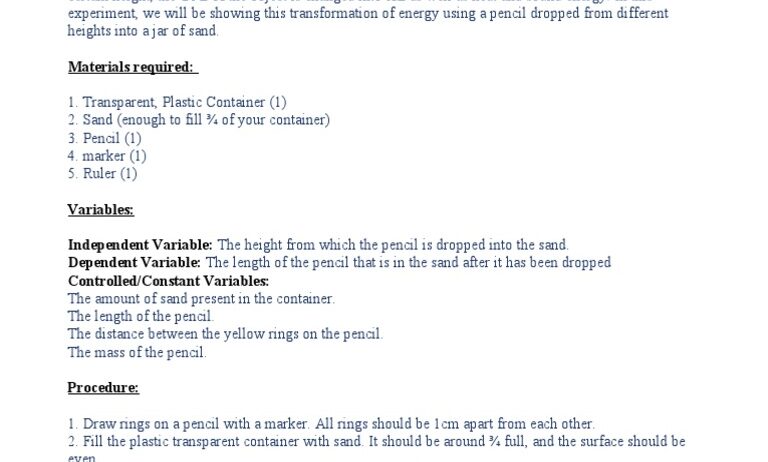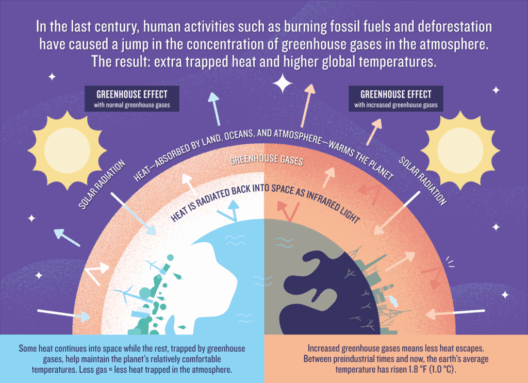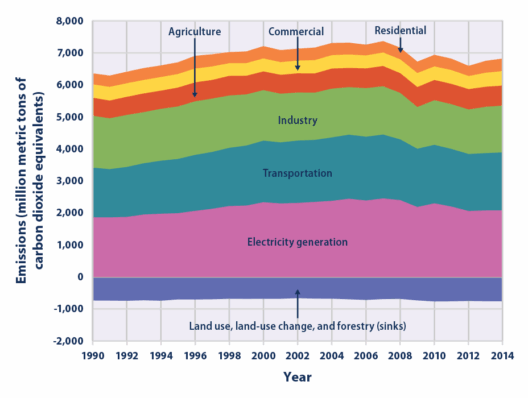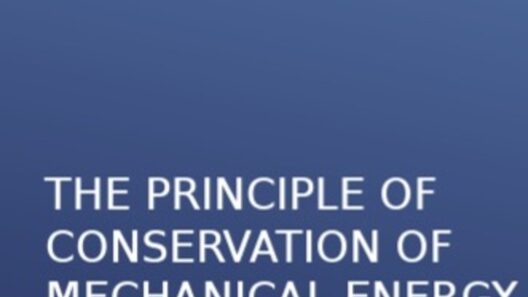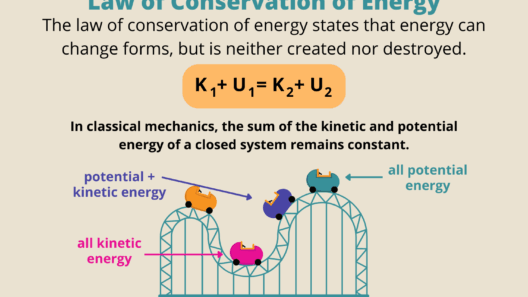The Law of Conservation of Energy is a fundamental principle that governs the transformation of energy within closed systems. It states that energy cannot be created or destroyed; it can only change forms. This may seem like a mere scientific notion, but its implications reach deep into every facet of our lives, influencing everything from how we power our homes to the ecological footprints we leave behind. Understanding this law is akin to deciphering the rhythm of a symphony where every note plays a crucial role in the overall harmony. Here, we explore the intricate mechanics of energy conservation and its significance in a world grappling with sustainability.
Unraveling the Threads of Energy
To appreciate the Law of Conservation of Energy fully, one must first comprehend the types of energy involved. Energy manifests in various forms: kinetic energy, potential energy, thermal energy, and more. Imagine a grand tapestry where each thread represents a different kind of energy. Kinetic energy is the dynamic thread, full of movement and vibrancy, while potential energy lies dormant—akin to a coiled spring, waiting to be set free. When a roller coaster climbs to its peak, it stores potential energy, which transforms to kinetic energy as it plummets downward. This seamless exchange symbolizes the beauty of energy’s versatility.
Energy Transformations: The Dance of Change
Energy transformation is a magnificent ballet, showcasing the elegance of conservation in motion. For instance, consider the humble light bulb. It begins with electrical energy coursing through the wires, transforming into light and heat energy upon flicking the switch. This metamorphosis is not just a feat of science; it embodies a poetic narrative of energy’s infinite journey. The Law of Conservation of Energy ensures that, as energy undergoes these transformations, the total amount remains constant. Thus, energy flows through systems much like water in a river—changing its shape, yet steadfast in its total presence.
The Influence of Energy Conservation on Our Environment
When discussing energy conservation, it’s crucial to recognize its profound environmental implications. The relentless consumption of nonrenewable resources has birthed a pressing need for efficient energy practices. We find ourselves at a crossroads, where the choices we make echo through generations. By embracing the Law of Conservation of Energy, society can shift towards sustainability and minimize our ecological impact. Simple changes, such as improving energy efficiency in homes, adopting renewable energy sources, and practicing mindful consumption, can significantly reduce our carbon footprints.
Renewable Energy: The Phoenix of Sustainability
In the quest for energy conservation, renewable energy sources emerge as the phoenix rising from the ashes of fossil fuel dependency. Solar, wind, and hydroelectric power are not only answers to our energy needs but are also embodiments of the Law of Conservation of Energy. Solar panels convert sunlight into electrical energy, capturing the sun’s fire and emitting it for our usage. Wind turbines harness the kinetic energy of moving air, transforming it into a palpable force of electricity. These renewable sources exemplify the harmonization between nature and technology, underscoring a future where energy is not merely consumed but celebrated for its cyclical essence.
Practical Applications of Energy Conservation
Implementing energy conservation practices extends beyond individual homes; it encompasses industries and communities as a whole. Governments and enterprises can take substantial strides by investing in technology that promotes energy efficiency. Smart grids, for instance, optimize energy distribution by adjusting to real-time demand, illustrating a sophisticated approach to energy management. Additionally, educational campaigns that inform citizens about energy-saving methods—such as using energy-efficient appliances or insulation—create a ripple effect, cultivating a culture of sustainability.
The Role of Policy in Shaping Energy Conservation
Policies play an indispensable role in establishing a framework for energy conservation. Legislation focused on renewable energy development and stringent regulations on energy wastage can morph into a society that prioritizes sustainability. Incentives for businesses that adopt green technologies, along with penalties for excessive waste, can compel a collective movement towards conserving energy resources. Moreover, comprehensive policies that support research into energy solutions grant us the tools to innovate—like a sculptor chiseling away at marble to reveal the masterpiece within.
Conclusion: The Road Ahead
Embracing the Law of Conservation of Energy is not merely a scientific endeavor; it is an ethical imperative that reflects our commitment to future generations. As we navigate the complexities of energy consumption, we are called to be stewards of the Earth, preserving its resources and ecosystems. By fostering an understanding of energy conservation within our communities—nurturing insight, promoting innovation, and advocating for sustainable practices—we can weave a narrative of hope and resilience. The story of energy conservation is not just about saving resources; it is about cultivating a harmonious existence with the world around us, ensuring that the symphony of life continues unabated.
